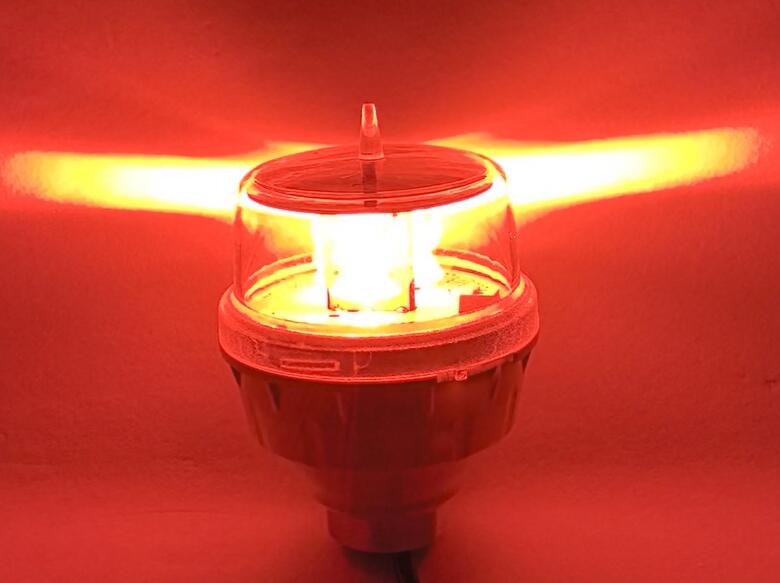The Critical Role of Obstacle Light in Aviation and Infrastructure Safety
Safety in aviation and tall infrastructure relies heavily on visibility, especially during low-light conditions or adverse weather. Among the most essential safety components is the obstacle light , a device designed to mark hazardous structures and ensure they are easily identifiable. This article explores the importance, types, and technological advancements of obstacle lights in modern safety systems.
Why Obstacle Lights Are Essential
Obstacle lights serve as critical warning signals to prevent collisions with tall structures such as:

Telecommunication towers
Wind turbines
Skyscrapers
| obstacle light |
Bridges and cranes
Airport structures (e.g., control towers, antennas)
Without proper illumination, these structures pose significant risks to low-flying aircraft, drones, and even maritime vessels. Regulatory bodies like the FAA (Federal Aviation Administration) and ICAO (International Civil Aviation Organization) mandate the use of obstacle lights to enhance visibility and reduce accidents.
| obstacle lights |
Types of Obstacle Lights
Different environments and structures require specific lighting solutions. The most common types include:
1. Red Obstacle Lights
Used for nighttime marking of structures.
Emit steady or flashing red light for high visibility.
Typically installed on structures below 200 feet.
2. White Strobe Lights
High-intensity flashing lights for tall structures (above 200 feet).
Effective during both day and night.
Often used on skyscrapers and wind farms.
3. Medium-Intensity Lights
A balance between red and white lights.
Used in areas where high-intensity lighting is unnecessary but visibility remains crucial.
4. Dual Lighting Systems
Combine red and white lights for optimal visibility.
Automatically adjust intensity based on ambient light conditions.
Technological Advancements in Obstacle Lighting
Modern obstacle lights incorporate smart technologies to improve efficiency and reliability:
1. LED Technology
Energy-efficient and long-lasting compared to traditional incandescent bulbs.
Brighter illumination with lower power consumption.
2. Solar-Powered Lights
Ideal for remote locations without direct power access.
Environmentally friendly and cost-effective in the long term.
3. Smart Monitoring Systems
Sensors detect light failures and send alerts for maintenance.
Automated brightness adjustment based on weather conditions.
4. Wireless Connectivity
Allows remote control and real-time status updates.
Enhances maintenance efficiency by reducing manual inspections.
Regulatory Compliance and Standards
To ensure uniformity and effectiveness, obstacle lights must comply with international and national regulations, including:
FAA AC 70/7460-1L (U.S. standards for aviation obstruction lighting).
ICAO Annex 14 (Global standards for aerodrome safety).
IEC 61823 (Electrical safety standards for aviation lighting).
Non-compliance can lead to penalties and increased accident risks, making adherence to these standards mandatory.
Future Trends in Obstacle Lighting
As urbanization and air traffic grow, the demand for smarter, more efficient obstacle lights will increase. Emerging trends include:
Integration with drone detection systems to prevent collisions in urban air mobility.
AI-powered predictive maintenance to reduce downtime.
Enhanced durability for extreme weather conditions.
Obstacle lights are indispensable for safeguarding aviation and infrastructure. Their evolution from simple warning beacons to smart, energy-efficient systems highlights their growing importance in a rapidly developing world. By adhering to strict regulations and embracing new technologies, these lights will continue to play a vital role in global safety.
For engineers, urban planners, and aviation authorities, staying updated with the latest advancements in obstacle lighting is crucial to ensuring safety and compliance in an increasingly crowded airspace.
